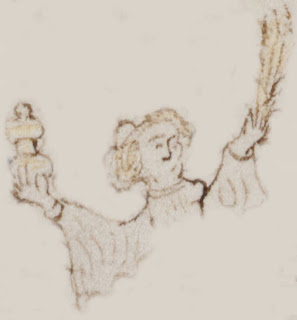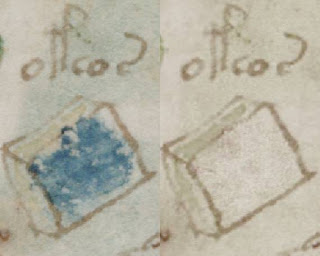In his 1959 book “The Sleepwalkers”, Arthur Koestler painted a rather damning picture of Renaissance European astronomers and scientists, where the only person not sleepwalking was Kepler. As part of the process of tarring everyone else with the same soporific brush, Koestler derided Copernicus’ famous “De Revolutionibus” as “The Book Nobody Read“.
It’s true that only a small proportion of “De Revolutionibus” is particularly interesting, with the remainder filled with bone-dry technical astronomical gubbins. But people manifestly did read it, often adding their comments (thoughts, possible errors in the text, etc) in the margins. And what might you learn about that community of readers by examining the marginalia in every extant copy?
More than 30 years ago, Owen Gingerich, one of the leading historians of astronomy, took up this challenge, and in so doing compiled an international census of all the first and second edition copies of Copernicus’ book. “The Book Nobody Read” is Gingerich’s personal memoir of his extraordinary (if obsessive) historiographical / bibliomanic quest to rebut Koestler’s dismissive epithet. Oh: and of course, it turns out that lots of people did read De Revolutionibus.
Throughout the memoir, Gingerich’s perpetually boyish enthusiasm for this prolonged pursuit shines through: yet even an ardent astro-aficionado with a codicological bent (such as, errrrm, me) must silently shudder at the extreme degree to which this sheer marginality was doggedly followed.
Probably the best sections of the book are the legal bits, where FBI personnel step into the frame, invariably on the trail (thanks to Gingerich’s book measurements and lists of missing or altered pages) of various purloined copies of De Revolutionibus, along with the corresponding courtroom sequences. There are also some choice footnotes which connoisseurs of that genre will enjoy, particularly the one on p.187 about Kepler’s apparent seven-and-a-half month gestation (he was sure he was conceived on his parents’ wedding night!)
As a personal account, it’s only superficially autobiographical: while the reader does build up an idea of the development of Copernican scholarship over the three decades covered, and a few hints at an ongoing academic spat with fellow historian Ed Rosen, Gingerich himself is largely backgrounded by the tidal wave of historiographical facts he feels compelled to share.
Yet at its heart, the book has an internal paradox: that while its structure is not unlike a polite, slightly clunky, pre-Cold War 1950s time-capsule, the thinking inside it has an tight, inclusive, late 1990s academic sensibility. Ultimately, I wanted to know whether this was a portrait of the Census, or a portrait of Gingerich himself: but it is never really clear which.
I really enjoyed “The Book Nobody Read” (and if you’re a regular Voynich News reader, you’d probably enjoy its ‘book detective’ sleuthing just as much as I did): it reads well and is engaging throughout, so all credit to its author. Yet it takes a certain type of personality to bare not just your activities in a book, but your soul as well: and the former dominates the latter here. Ultimately, it’s a biography of the Census, not of Gingerich: as a result, I think some readers may well come away from this bookish feast slightly hungry, which is a shame.

